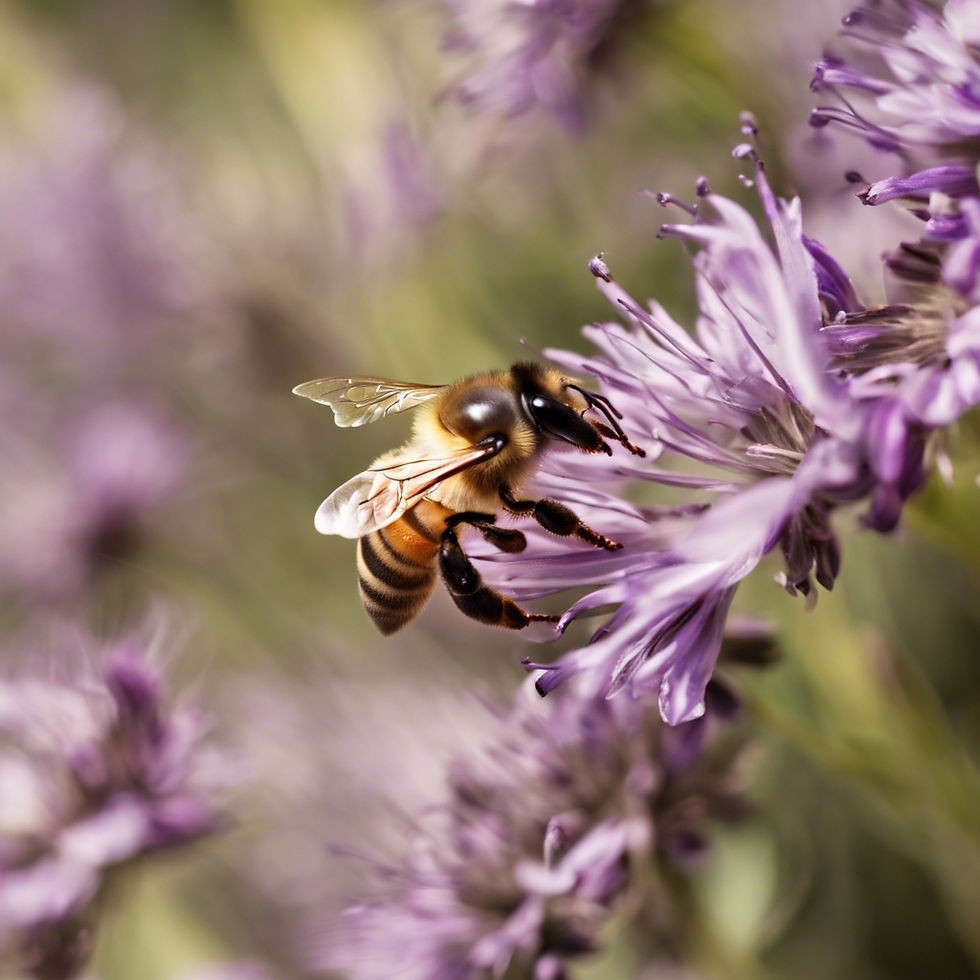What Causes Wind?
- hshub3
- Nov 29, 2024
- 2 min read
The Quick Answer:
Wind is caused by the uneven heating of the Earth's surface by the sun.
Differences in air pressure create movement of air from high-pressure areas to low-pressure areas.
Local features like mountains and bodies of water can influence wind patterns, creating various wind types and speeds.

Hello, weather watchers and curious minds! Krispy here, ready to breeze through the dynamics of one of nature's most common yet complex phenomena: wind. Have you ever felt a gust of wind and wondered what sets it swirling around us? Let's unpack the science behind why wind happens and how it affects our planet.
The Driving Force of Wind
At its core, wind is the movement of air, and it’s primarily driven by the sun. As the sun heats the Earth's surface, it does so unevenly due to the planet's varied environments and its spherical shape. This uneven heating causes differences in temperature and pressure across the Earth's surface.
Pressure Differences
Air naturally moves from areas of high pressure to low pressure. When the sun heats the air in one area more than another, it causes the air in the warmer area to rise (since warm air is lighter than cool air). As this air rises, it creates a lower pressure zone beneath it. Cooler, higher pressure air rushes into this low-pressure area, creating wind.
Geography's Role
The geography of the land also plays a significant role in how wind is generated and its patterns. For instance:
Mountains can block or funnel wind, creating strong gusts in narrow paths.
Oceans and large lakes tend to have more consistent wind patterns due to the even heating and cooling properties of water.
Urban landscapes can alter wind patterns due to the heat absorbed and radiated by buildings and concrete.
Types of Winds
There are several types of winds, each with its own set of characteristics and causes:
Local breezes, such as sea breezes and land breezes, occur due to temperature differences between land and water.
Global winds, like the trade winds, westerlies, and polar easterlies, arise from the Earth’s rotation and the major pressure belts around the planet.
Seasonal winds, including monsoons, are caused by seasonal shifts in temperature and pressure zones.
Wind’s Impact on Climate and Weather
Wind plays a crucial role in weather patterns and climate by distributing heat, moisture, and pollutants across the globe. It helps regulate temperatures, assists in cloud formation, and even affects precipitation patterns.
In Conclusion
Wind is a powerful natural force driven by the sun’s energy and shaped by the Earth's diverse landscapes. It's essential for weather, climate, and the environment, influencing everything from the air we breathe to the weather we experience.
Stay curious, my friends, and next time the wind blows, remember the incredible global forces at play. Until our next exploration, keep wondering and wandering, wherever the wind may take you!
Check out Krispy Pigment Books!


